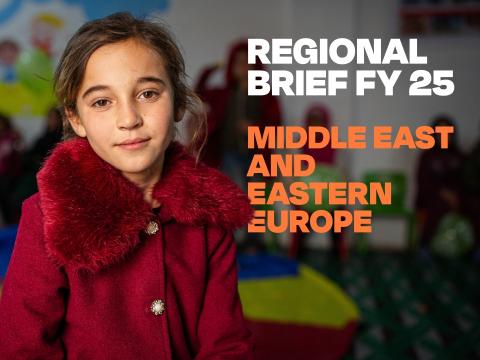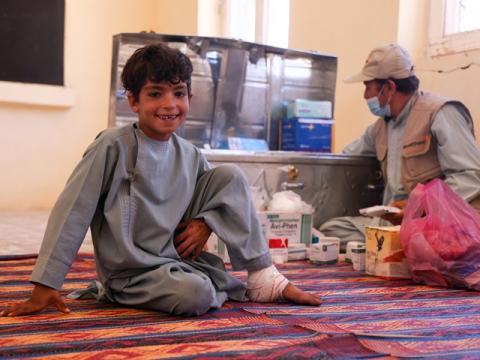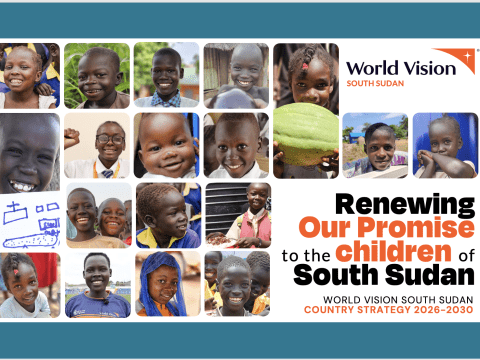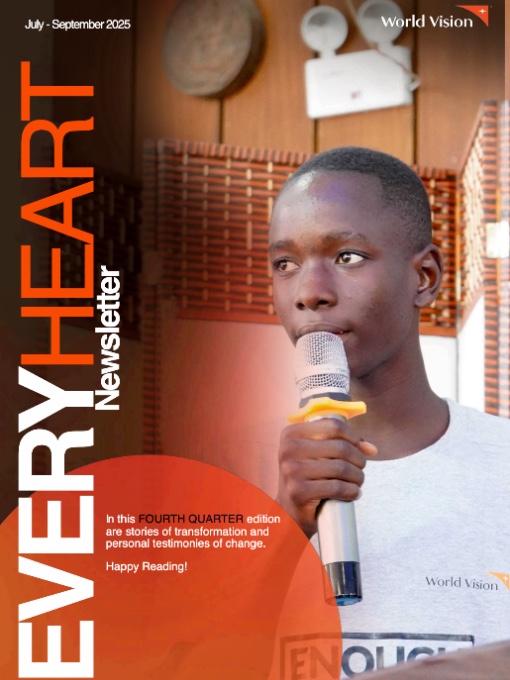Recognition and Care-Seeking of Maternal and Newborn Complications in Jayawijaya District, Papua, Indonesia
Download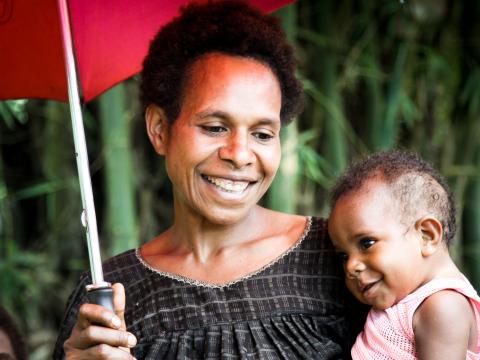
At the end of 2015, the global maternal mortality target remained evasive. Likewise, newborn mortality rates have been on a plateau after a decade, despite a substantial mortality decrease among children under five. Indonesia's progress on maternal health has slowed in recent years, with its maternal mortality ratio (MMR) remaining greater than 200 per 100,000 live births during the past decade. The country’s present condition reflects a reduction in infant and under-five mortality; currently most of Indonesia’s child deaths take place during the neonatal period. According to statistics prepared by aid organizations that work in Papua, the province’s overall health status is the lowest of the country. There are no MMR data at the province and district level; however, analysis of the 2010 Indonesia national census produced an estimate that the MMR in Papua Province was 620 per 100,000, which is the highest of all provinces in Indonesia. The infant mortality rate in Papua Province is almost twice the national average. Jayawijaya District, the site of the present research, exhibits an infant mortality rate three times greater than the national average. An understanding of how local home caretakers recognize disease and of the community system that is in place to react to newborn and maternal emergencies is essential for the design of effective and feasible interventions. This study describes the recognition of maternal (postpartum bleeding) and newborn illness and respective care-seeking behaviors in Jayawijaya district, Indonesia.
We used a qualitative design to conduct the study at seven subdistricts in Jayawijaya District, Papua. Data were collected using in-depth interviews and focus group discussions (FGDs) with key informants, such as family members who accompanied sick newborns or mothers who experienced bleeding before the newborn or mother died. Interviews consisted of two cases of maternal deaths, five cases of mothers with postpartum hemorrhage, five with newborn illness, and five with newborn deaths.
Results showed that participants recognized bleeding as a sign of danger when present during labor and a sign of severity during the postpartum period. Severity of maternal illness was determined by visual observation by midwives and mostly based on previous experience. Recognition of danger signs among newborns was lacking and mainly performed by the mother. Care-seeking decisions were mostly dominated by husband in the case of maternal health, with a time interval of less than six hours. Most care was started at home by birth attendants, but the majority sought care outside of the home within the public system. Most maternal deaths were associated with delays in receiving appropriate treatment at public health facilities. In the case of newborns, the decision to seek care was dominated by the mother, with a time interval between illness recognition and decision to seek care greater than 24 hours, with the majority seeking care at home. Most newborn deaths were associated with delays in all three components: illness recognition, care-seeking, and receiving appropriate care.
Findings demonstrate interventions in Jayawijaya District to reduce maternal mortality will need to focus on quality improvement for maternal care at health facilities; to reduce newborn mortality, interventions should be designed to improve disease recognition at home, care-seeking, and quality of care.
